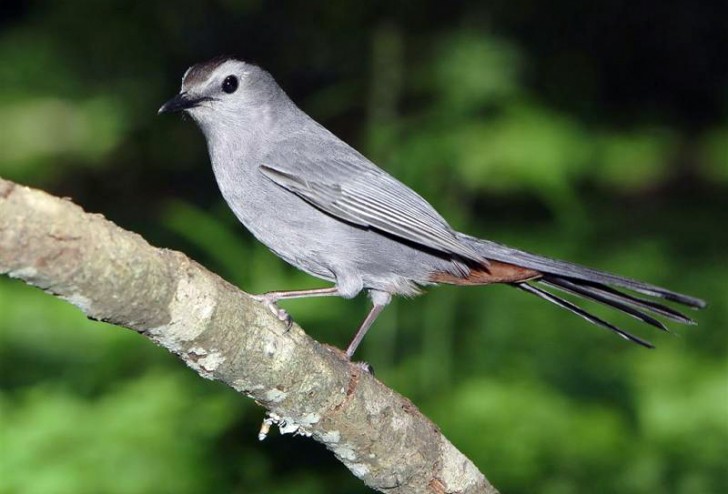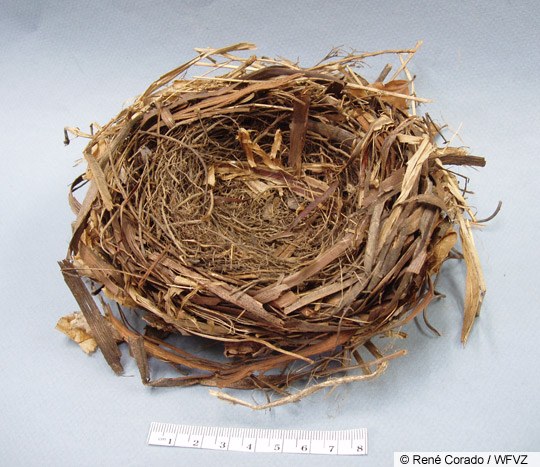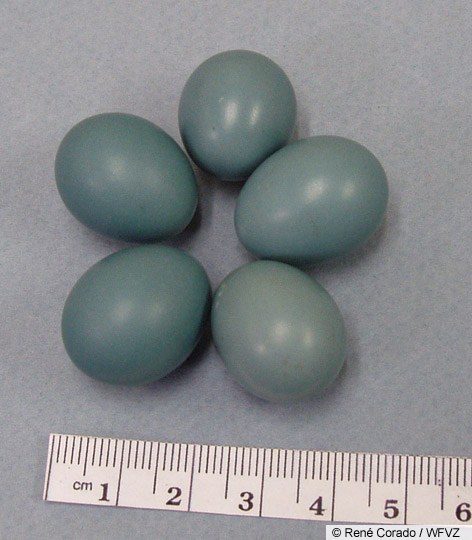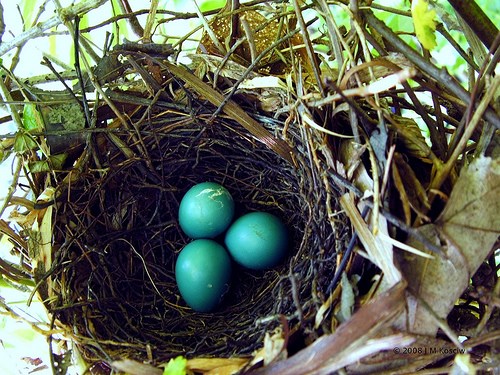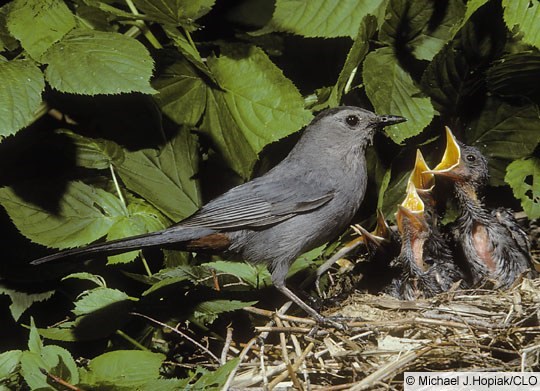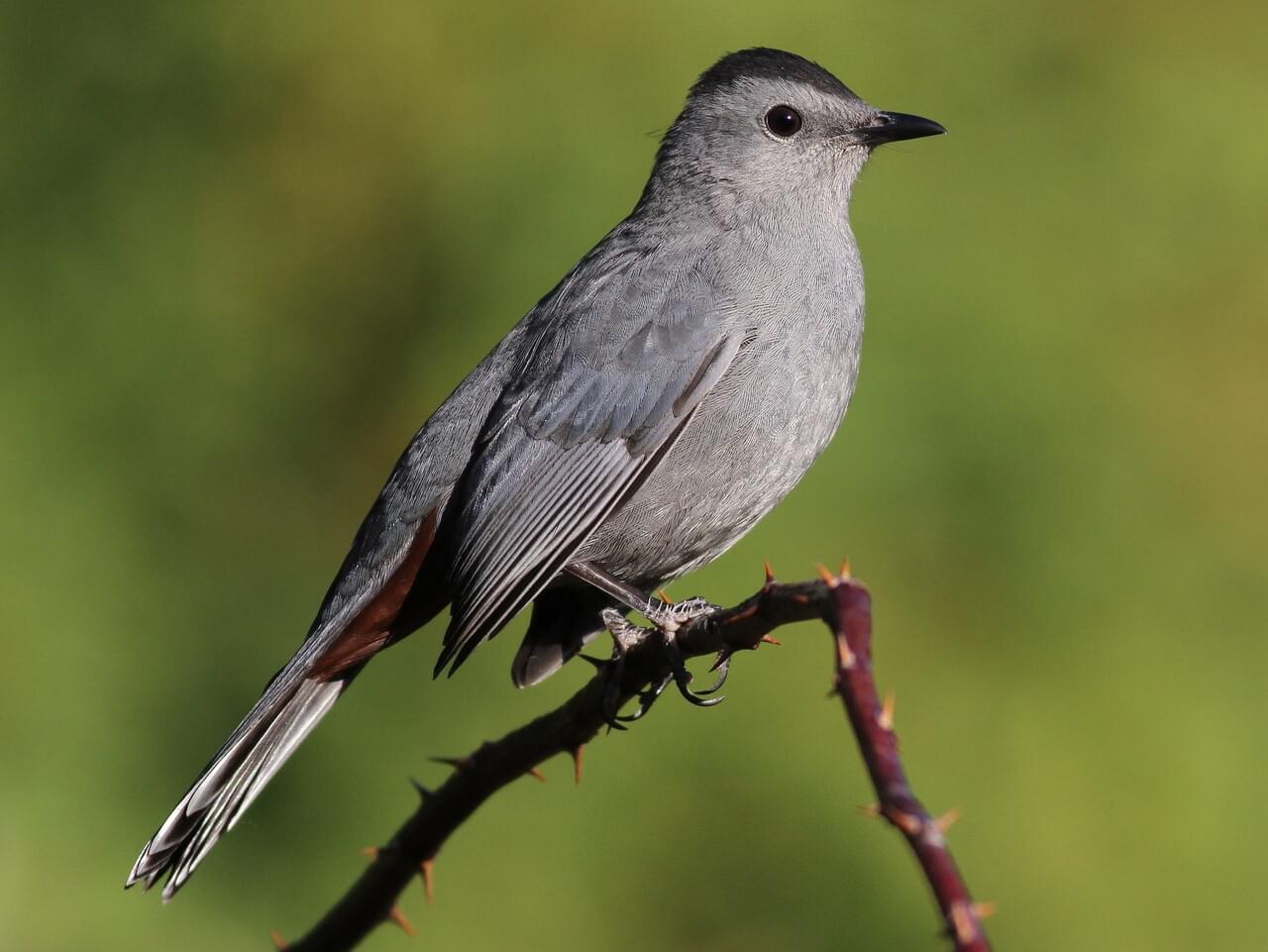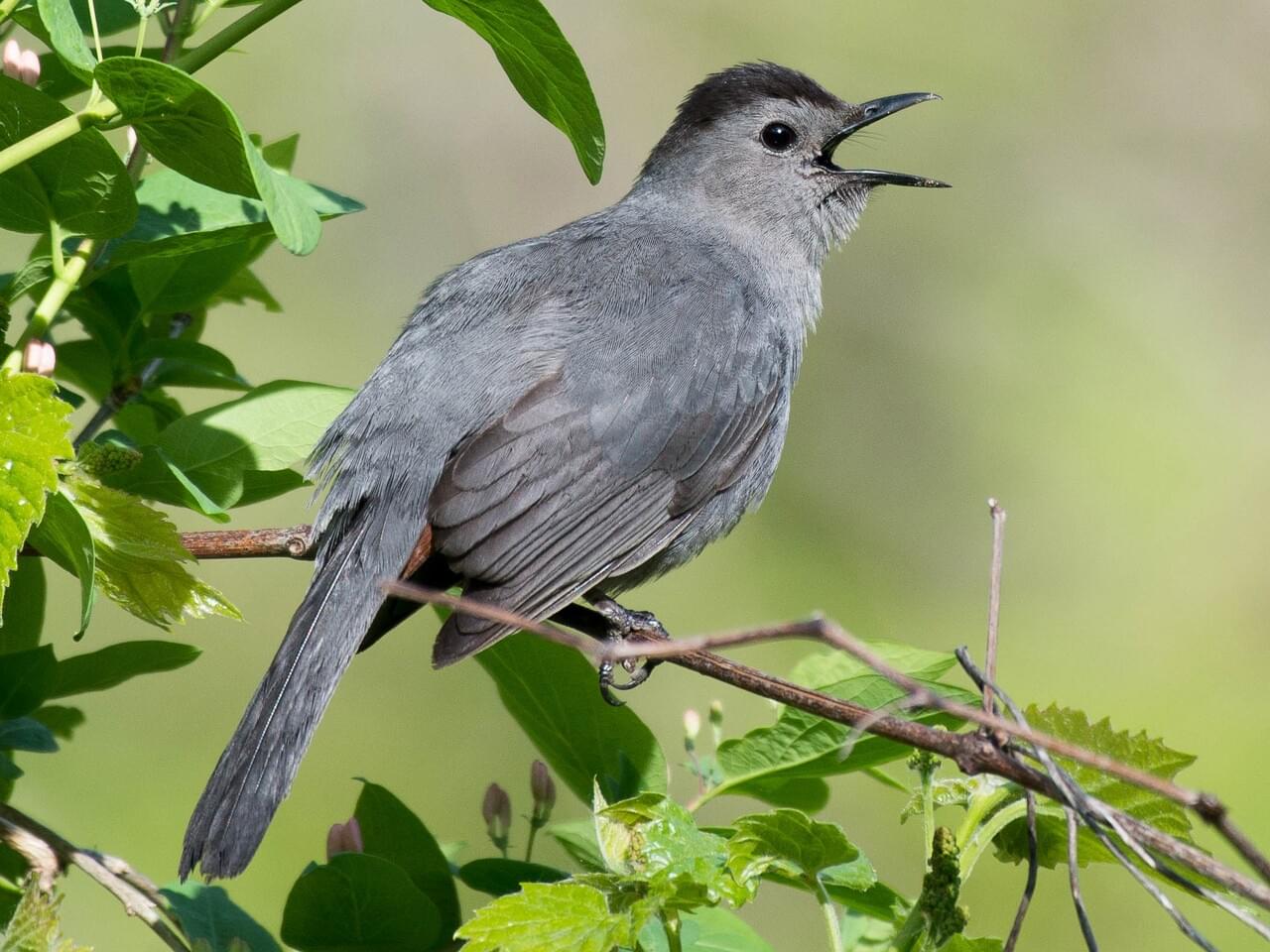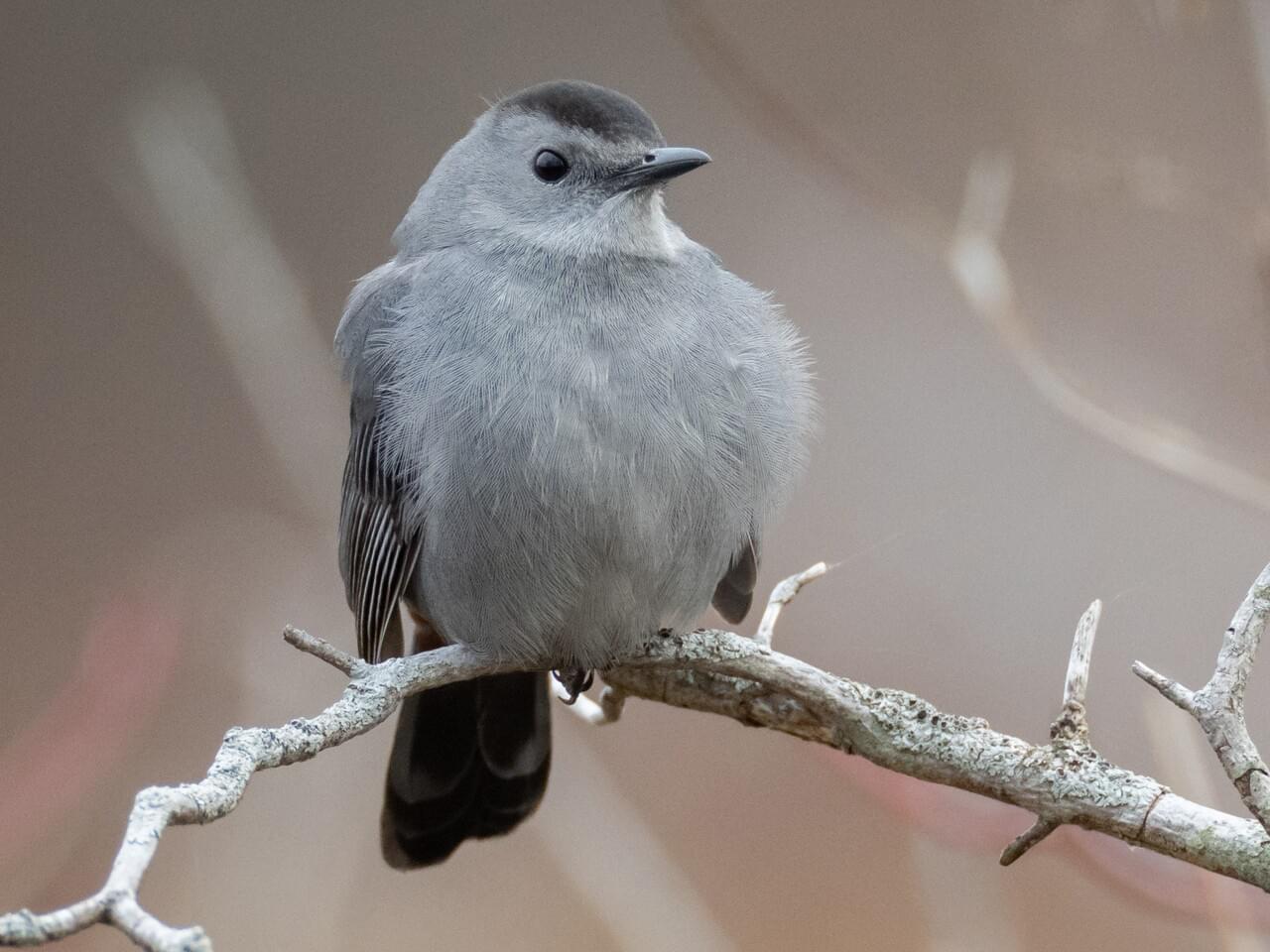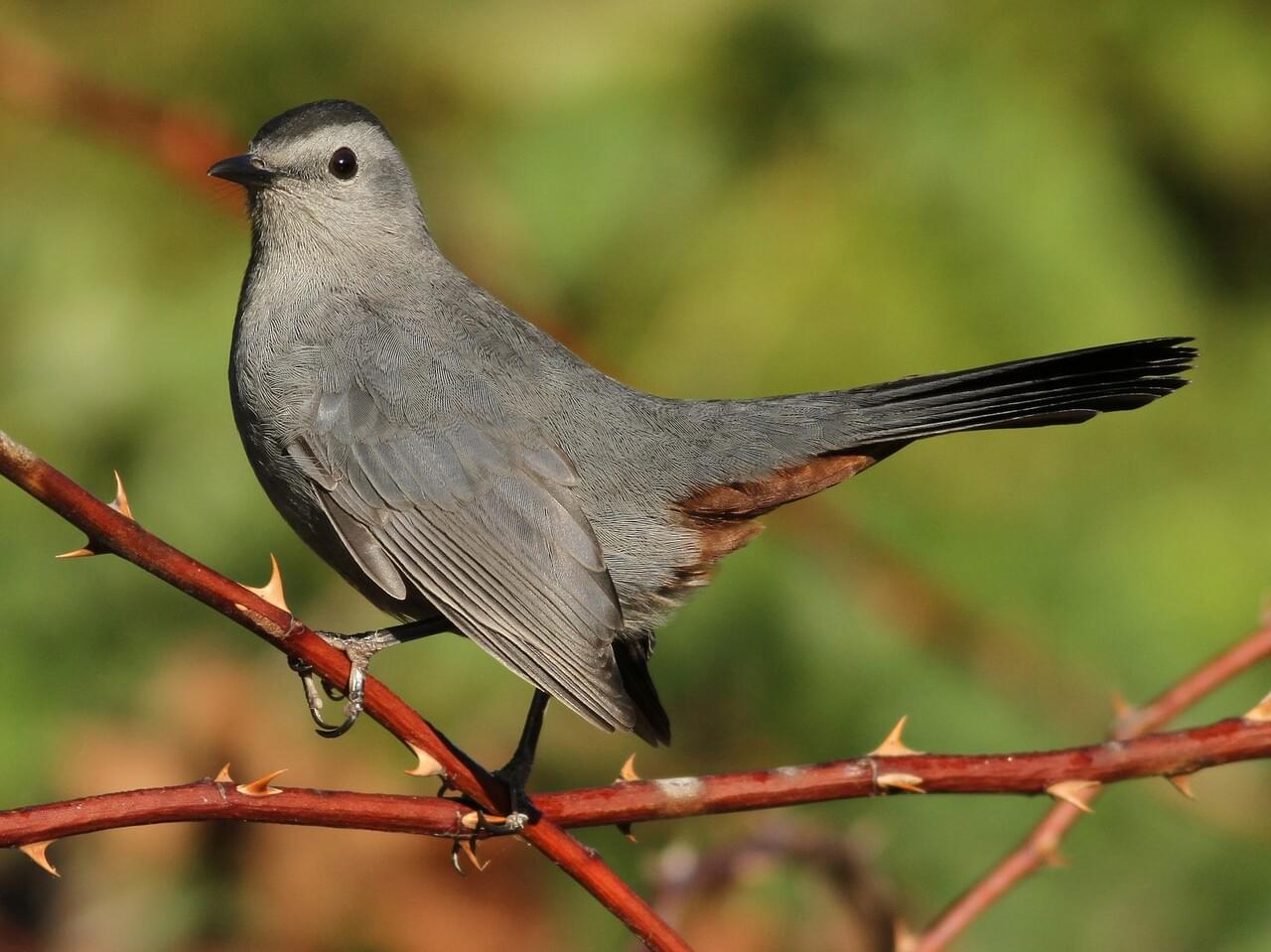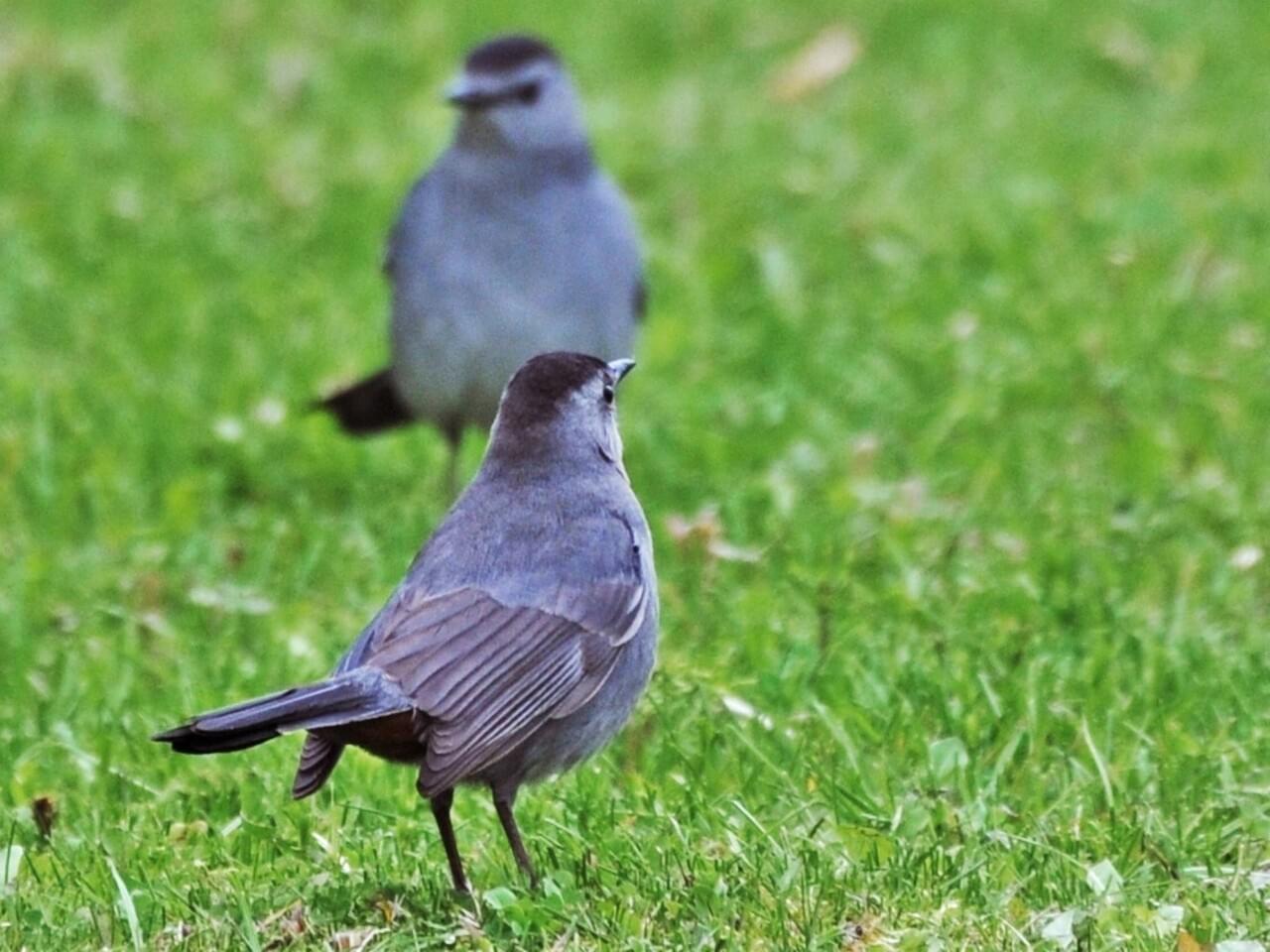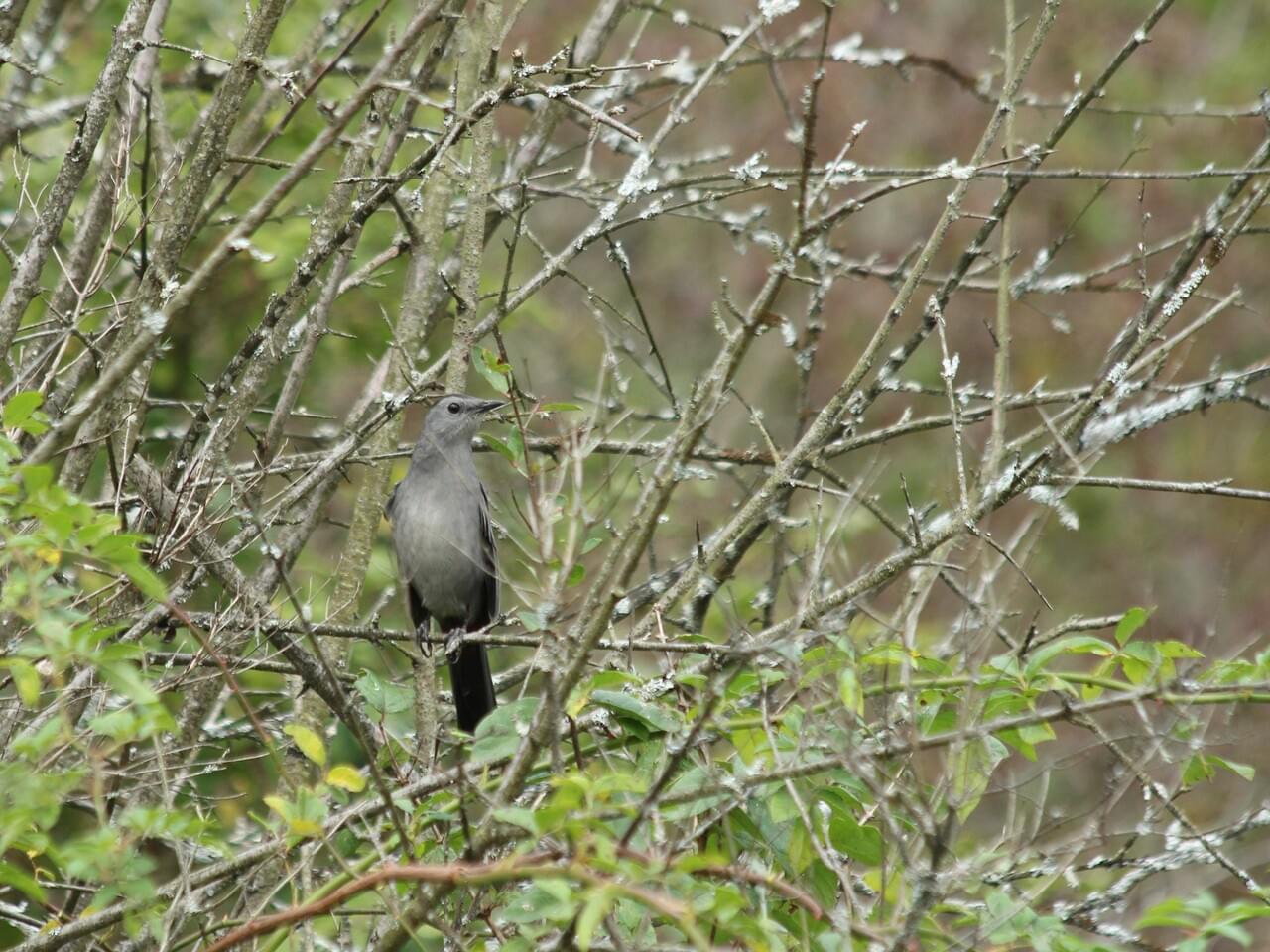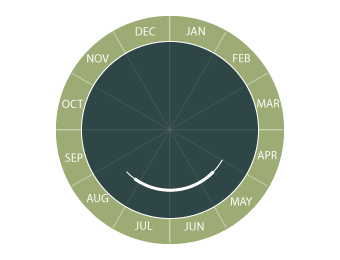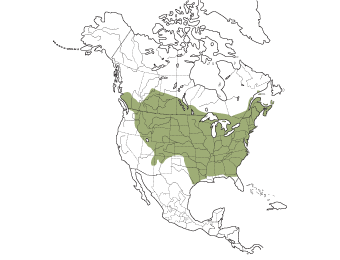Useful Hints
- The male Gray Catbird uses his loud song to proclaim his territory. He uses a softer version of the song when near the nest or when a bird intrudes on his territory. The female may sing the quiet song back to the male.
- Females build the nests, with males sometimes supplying materials.
- The Gray Catbird’s long song may last for up to 10 minutes.
